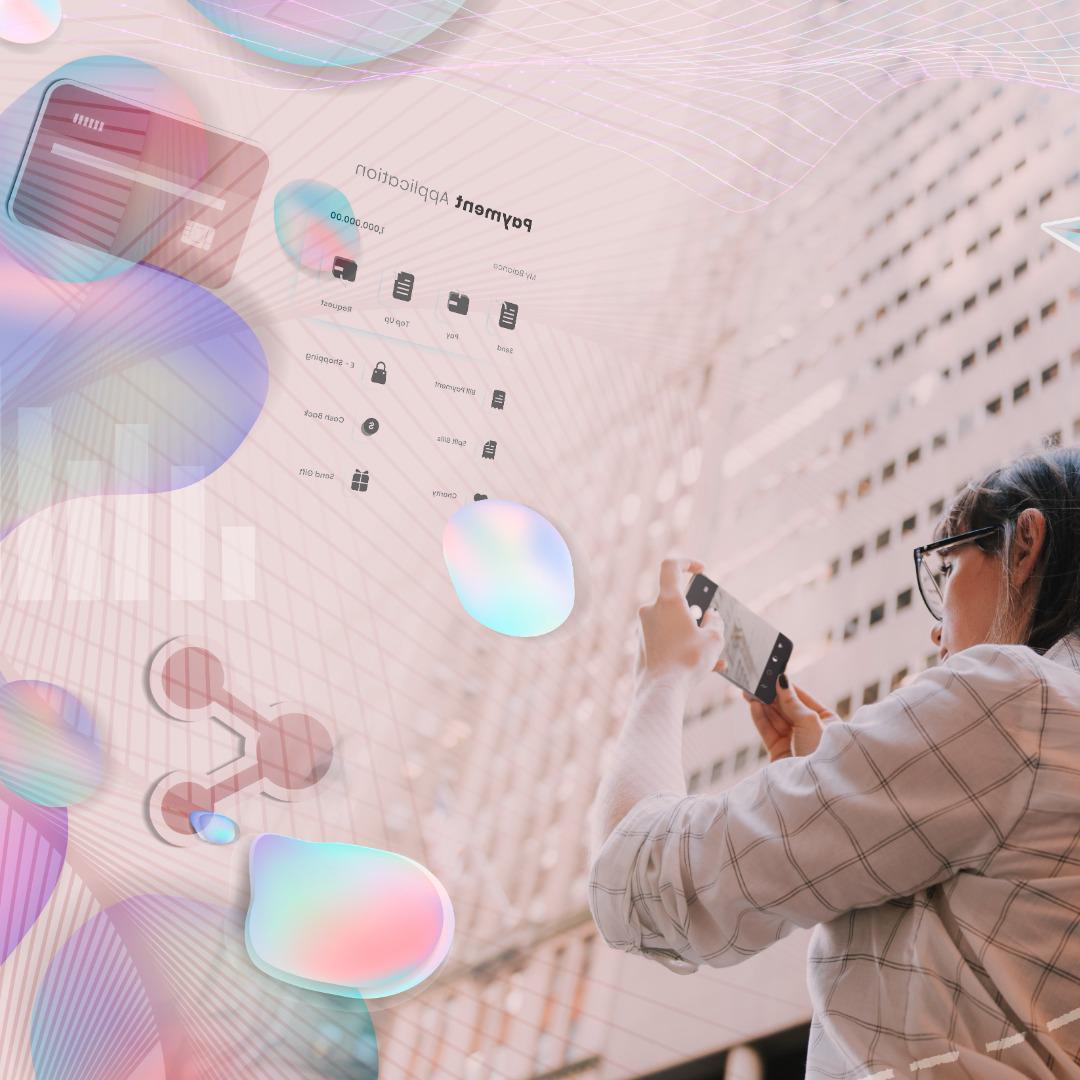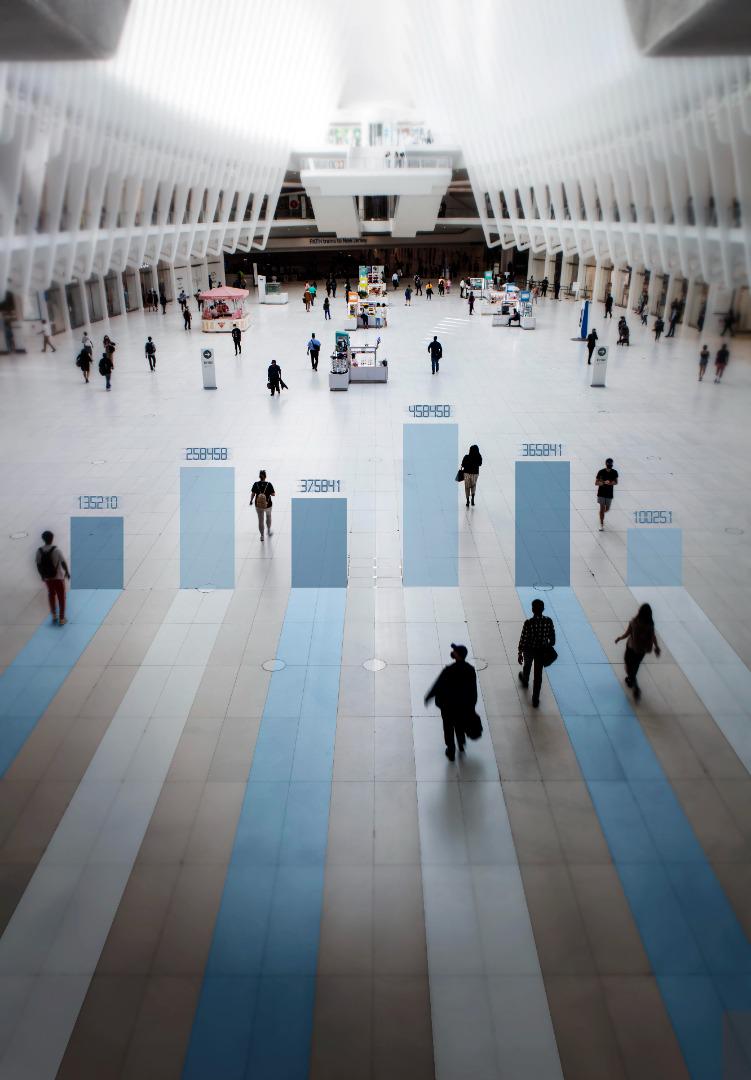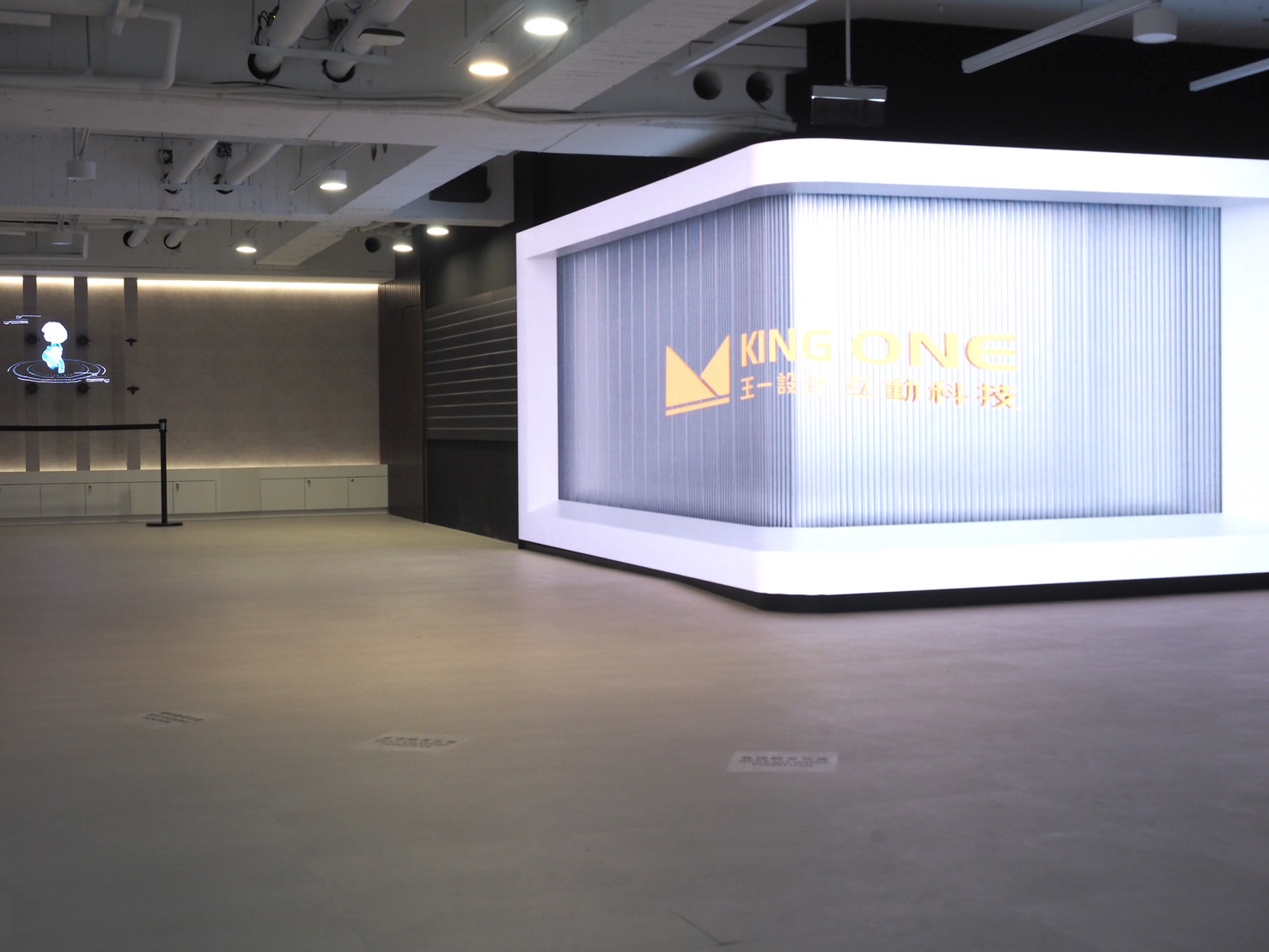After the pandemic, the best exhibition marketing strategy: Healing experiences through interactive design exhibitions
Catalog
- Interactive design has become the mainstream in experiential marketing at exhibitions
- Exhibition interactive design needs to comply with two major post-pandemic composite trends.
- 1.Personalization + Health and Safety Awareness
- 2.Digitalization + Physical Sensation
- The cultural significance of gathering bestows irreplaceability upon exhibitions as a venue
Interactive design has become the mainstream in experiential marketing at exhibitions
As if awakening from slumber, when the economy returns to its track, the post-pandemic era of exhibitions resembles living organisms stretching and tidying up, swiping right on screens, leading people from the online realm back to the breathable, tangible physical space, reawakening every sense. But do you think that the evolution of digital technology won't actively participate in the exhibition scene in a dazzling manner? During the pandemic, the wave of digital transformation only accelerated without stagnation. Augmented reality, virtual reality technologies have matured, but what other innovative interactive designs are there? Together, we will be present to witness why digital interaction in exhibition design has become the mainstream marketing strategy in the post-pandemic era.
Exhibition interactive design needs to comply with two major post-pandemic composite trends.

Image source: Freepik
The integration of technology has made interactive design more contemporary and brought a sense of presence to exhibition booths. As early as the 1992 World Exposition in Barcelona, Spain, a exhibition called "VR+: The Virtual Reality Exhibition" showcased the potential of virtual reality to the public. The origin of digital interactive experiences in exhibitions has been continuously advancing over the past few decades, with rapid development during the pandemic period. It is foreseeable that this field will bring unprecedented experiences to people.
However, there are two major composite features that marketers must grasp for the transformation of exhibitions from silence to revitalization after the pandemic.
1.Personalization + Health and Safety Awareness
In traditional marketing events, consumers were passive recipients of information. However, the demand for personalization among consumers has been increasing. Therefore, in physical exhibitions, marketing activities will focus more on personalized experiences. This includes providing consumers with more personalized interactive experiences through devices such as smart bracelets and smart glasses.
However, due to the concept of health and safety, the acceptance of wearable or touch-based interactive projects has decreased compared to other times. "This is not only because these devices may cause discomfort when worn, such as dizziness and difficulty in perceiving real distances, but also because people's overall hygiene awareness has increased. Users are more inclined to use motion sensing (touchless) technology or their mobile devices as the means of experience, reflecting the demand for personalized and safe experiences."
2.Digitalization + Physical Sensation
Exhibitions are physical venues, and during the most severe period of the pandemic, exhibitions seemed to enter a state of dormancy, accompanied by the rise of online exhibitions. Even in the post-pandemic era, digitalization has become integrated into the design of physical exhibitions. For instance, through virtual exhibitions, online live streaming, and other methods, consumers can participate in exhibitions from the comfort of their homes, offering more diverse interactive experiences.
Post-pandemic, many exhibition plans involve a combination of both online and offline elements, running simultaneously. As NVIDIA CEO Jensen Huang stated in his speech at the 2023 National Taiwan University graduation ceremony, "The digital world and the real world are almost running concurrently now." However, the physical sensation in the real world, which involves bodily perception and social interaction, cannot be completely replicated in the digital world, and this fundamental aspect makes it irreplaceable. As a result, the integration of physical and digital interactive designs in exhibition booths has become a major trend, and both are currently in a phase of balancing development.

Image source: Freepik
The cultural significance of gathering bestows irreplaceability upon exhibitions as a venue
Indeed, digital thinking has changed people's lives and work patterns. During the pandemic, most people worked from home. As life returns to normalcy, people start venturing out of their homes to live, work, and socialize, arriving at physical exhibition venues, transitioning from being alone or in small groups back to being in a crowd. While personalization is emphasized, humans are inherently social beings, and the concept of personalization must also be examined within the context of a group. These two concepts are not contradictory. As Japanese writer Haruki Murakami once said, "Nobody likes being alone. That's just the way things are."
Due to this aspect, digital exhibitions still cannot completely replace the genuine warmth of physical exhibitions, even if they may be noisy, it remains a wonderful experience.
"Exhibitions have always been a crucial market platform, and the cultural significance brought about by this 'gathering' is irreplaceable," as defined by Robin Peckham, the Director of Taipei Contemporary Art Center. Whether it is an artistic, political, economic, or commercial exhibition, it is the cultural significance of gathering that makes interactive exhibitions interesting because technology always originates from human nature. The purpose of digital interactive design is to have more interactions with the audience at the exhibition.
From interactive entertainment exhibitions to technology innovation expos, every visitor who goes to the exhibition can enter a connected experience of both reality and virtuality. The interactive game designs at exhibitions represent a collective creation and evolution in human society. Interactive games possess an atmosphere; when you see others engrossed in playing, it draws you in, making you want to participate as well.
- 1
6 Different Types of Trade Show Booths You Need to Know
Brand Strategy
- 2
[Travel around the world] Hannover, Germany
Industry Trends
- 3
What is CIS? Corporate Identity Design that goes hand in hand with exhibition design
Tech Life & Trends
- 4
Five creative ways to enhance your booth appeal
Tech Life & Trends
- 5
SAVE THIS PAGE! Useful Vocabulary and Sentences for Exhibition Goers and Exhibitors!
Exclusive Perspective
- 6
What is the definition of Experiential Marketing? From 5 perspectives, you will get it!
Tech Life & Trends











